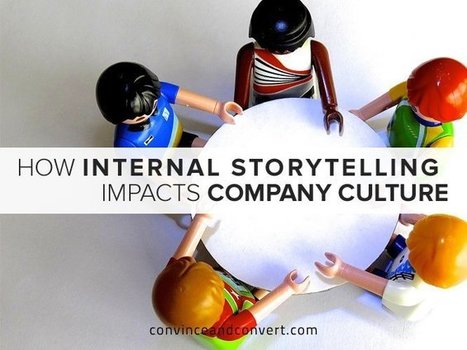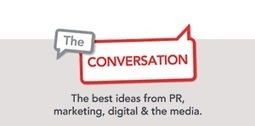"The stories circulating internally point to what your people really believe your culture is about. And it may not be what leaders publicly say it is. The gap between highly positioned marketing messages and what employees really feel about the culture is evidenced by stories employees tell. A large gap between the two is a leading indicator of problems and shouldn’t be ignored."
Read the full article to find out more about these points and the impact of internal storytelling has in your organization:
- Do You Know What Stories Your Employees Tell? Many Companies Don’t
- Change Your Inside-Out Stories, Change Your Culture



 Your new post is loading...
Your new post is loading...















Want to know if your business has what it takes to survive and succeed? Listen to the stories your employees are telling.
To find out more about the impact of storytelling on your organization and how you can tap into it with you communications, take a look at the August Issue of Communication World magazine. This issue examines some of the essential components of stories, and gives ideas for how to incorporate them into a variety of communication strategies, such as these three articles: